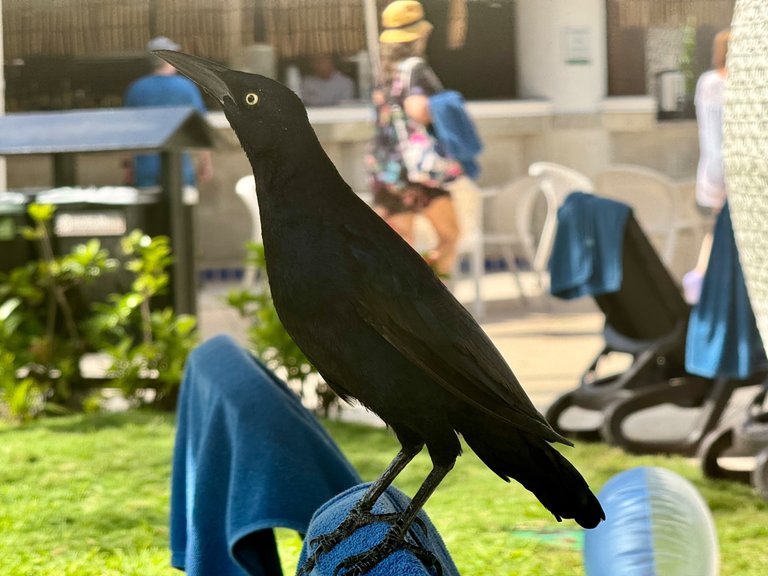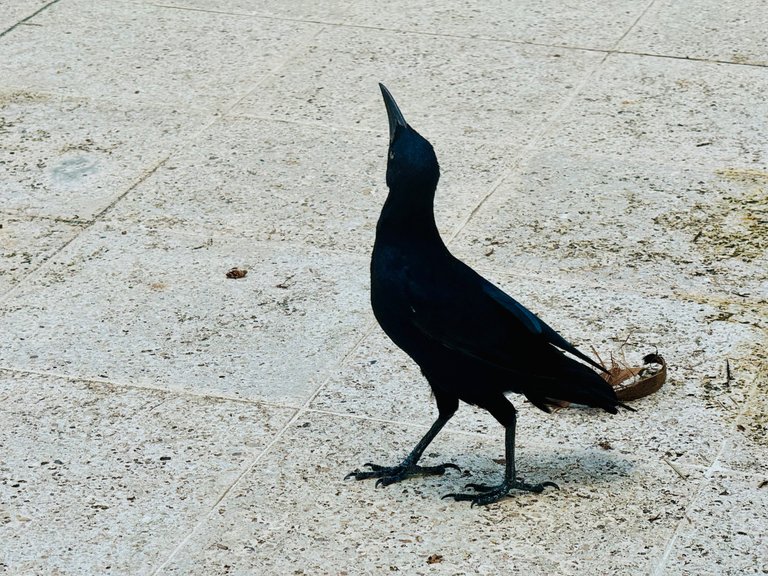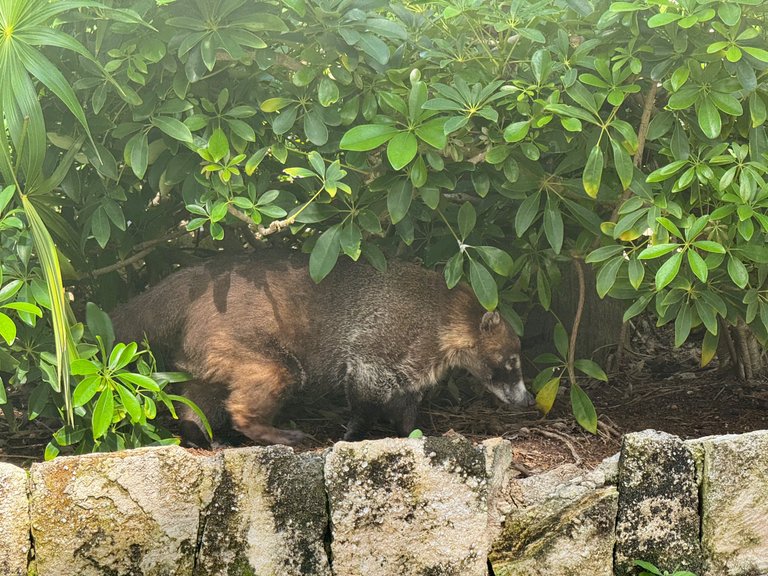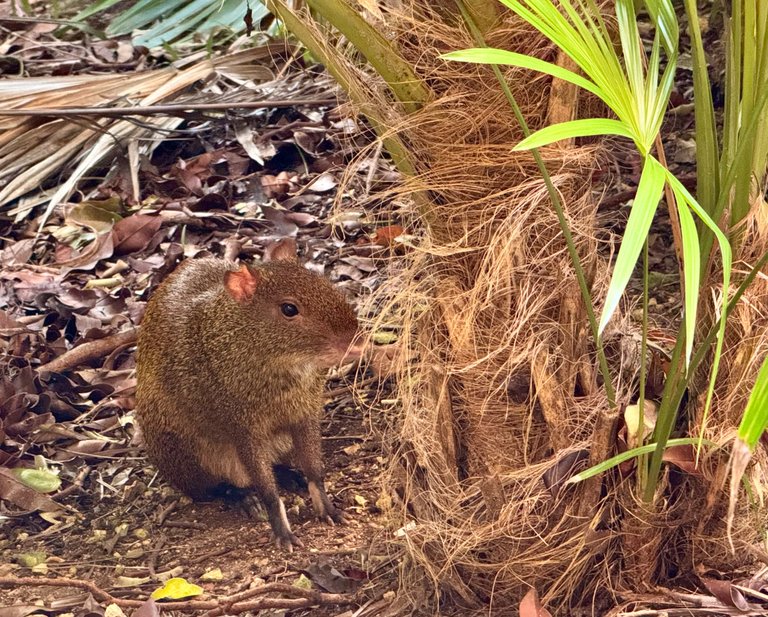A journal of Mexico


Grackles
https://www.allaboutbirds.org/guide/Common_Grackle/id
We've seen many of these iridescent birds along the Caribbean coast of Mexico on this visit to the country. The males are dark in colour with iridescent blue heads and a bronze coloured body when seen in great light. The females more muted in colour.
I've tried to get some decent photos of them with my regular camera, if only I had my longer lenses with me.
I've noted that their legs are long and lanky.
Grackles are members of the blackbird and starling family. Reading up on them a bit more I learn that they are common in New England; therefore probably all across the Americas.
Great Kiskadee
The following site helped me identify some of the birds we saw whilst in Mexico
https://birdseedandbinoculars.com/wordpress/birds-seen-in-mexico/
Sanderlings
I'm sure I've captured these on one of my videos I've recorded, whilst down by the sea in Playa del Carmen, I was standing next to a heavily armed Mexican soldier, watching the wildlife; a surreal dichotomy that it was.
Frigatebitd
Spotted a very large "raptor-esque' bird flying high on the winds, with barely a wing-beat. If seen close up, which we've not seen because the two I spotted at different times were high up, are huge birds and can be, apparently, rather aggressive; a behaviour that belies their graceful command of the air they slice through when airborne.

Coati
Sometimes we'd entertain a solo raccoon often eager for any spare morsel or crumb we had on offer. They come in close and their gymnastic noses would explore every possible scent that appealed to their tastebuds; believe you me, they eat anything and EVERYTHING. No sooner than you've spotted one of these adorable/annoying little bastards, their whole family turn up, aunties, uncles, brothers, sisters, mums, dads and all of their offspring. I wonder what the collective noun is for these little sods (I do love them) - it is a "Gaze", yep, which makes sense because they do focus on you, with their revolving little nostrils probing your every scent.

Agouti
Far less scroungey than their buddies the Coati, these little squirrel like rodents are a scaled down version of Capybara, which are more common to the neighbouring countries of Mexico, central and South America. You can get close to them and whilst they don't scarper, they freeze solid; maybe with the odd twitch of their nose. On closer inspection their bodies are covered in a zig-zag pattern and their fur quite short. Some say they are distant relatives of the guinea pig and they certainly do remind me of my little Henry 1978-1984.
Locally they're known as Seqeque, Panama they're known as ñeque and Ecuador Guatasa. Interestingly fathers are banned from the nest whilst their young are really small, until later when they reunite for life and live they do for 20 years.


